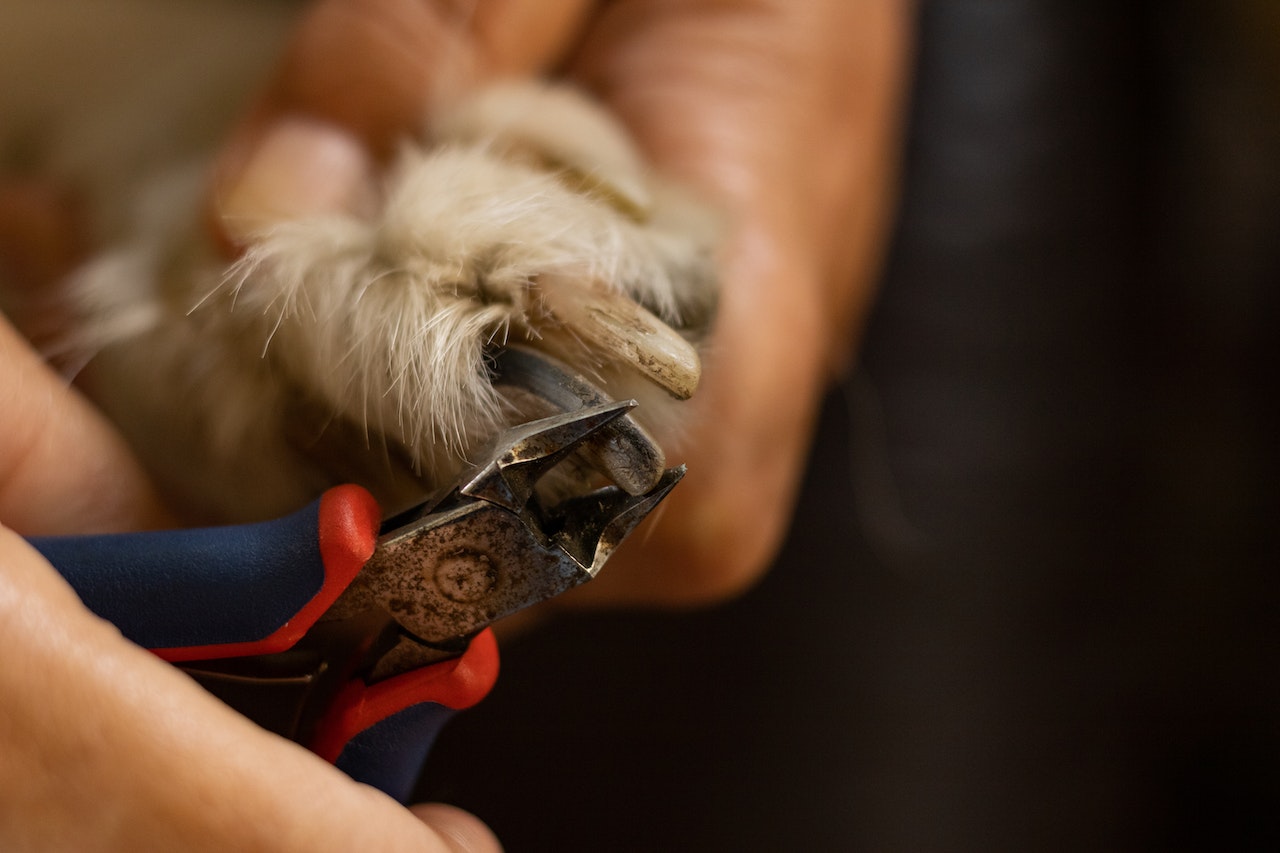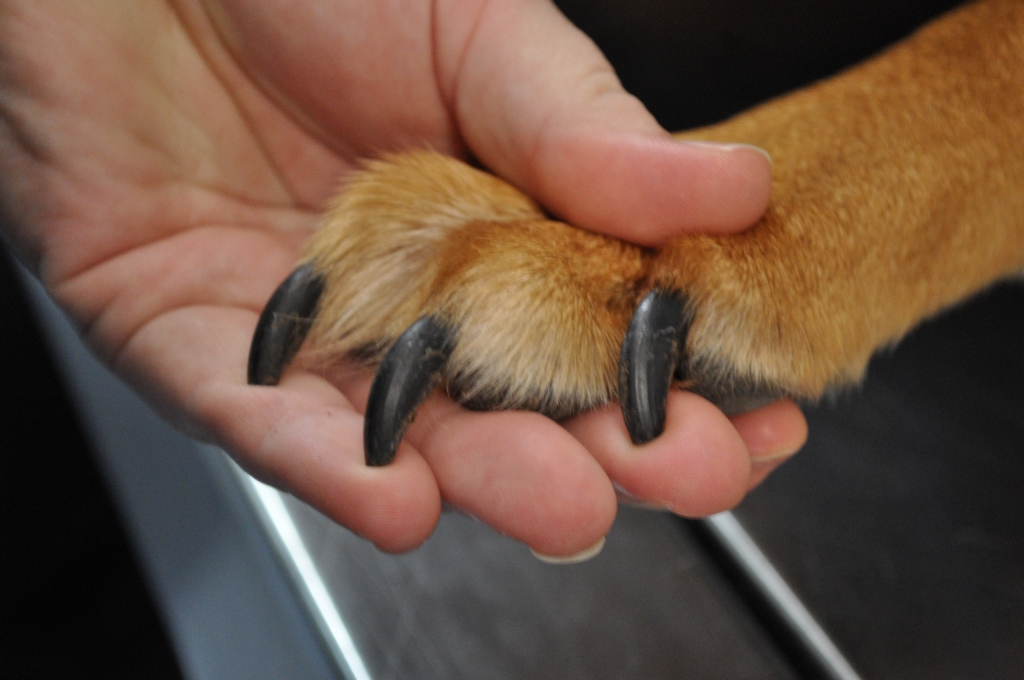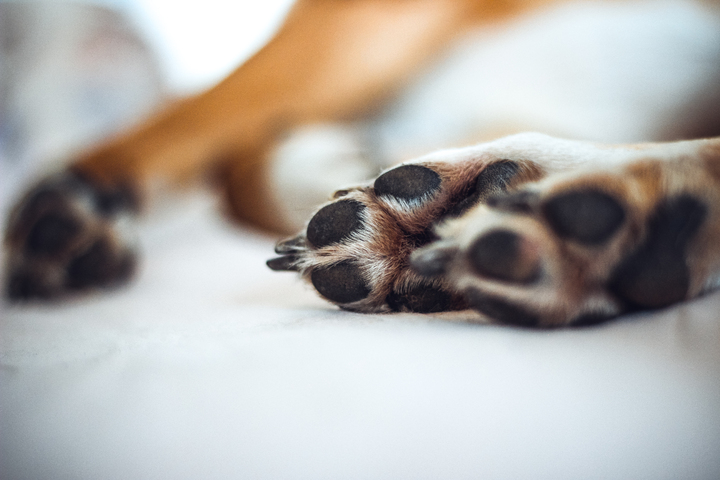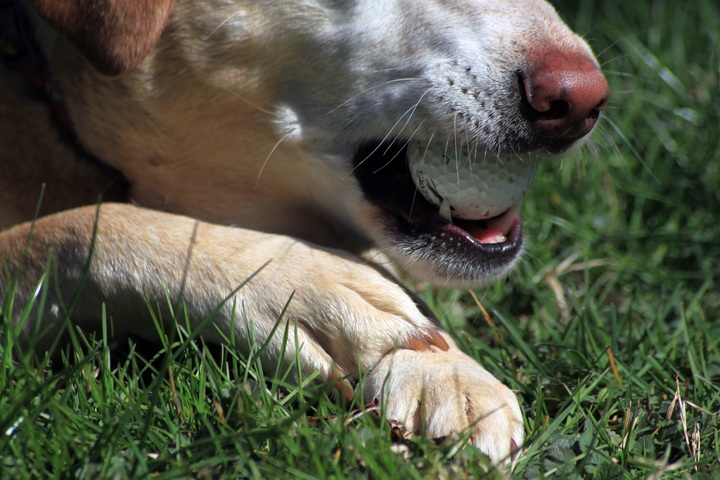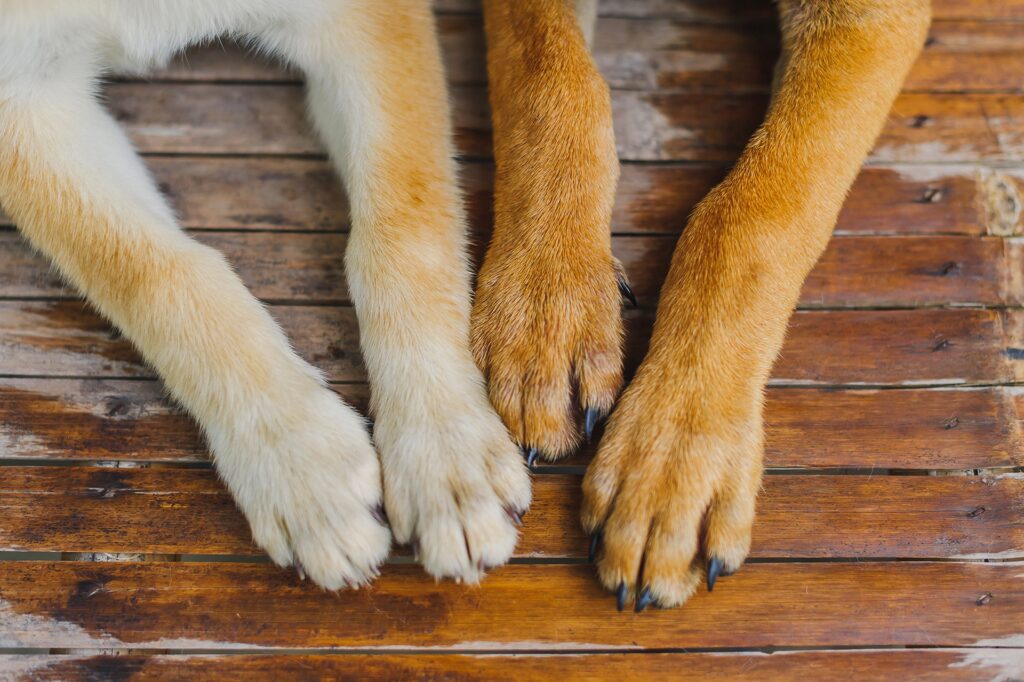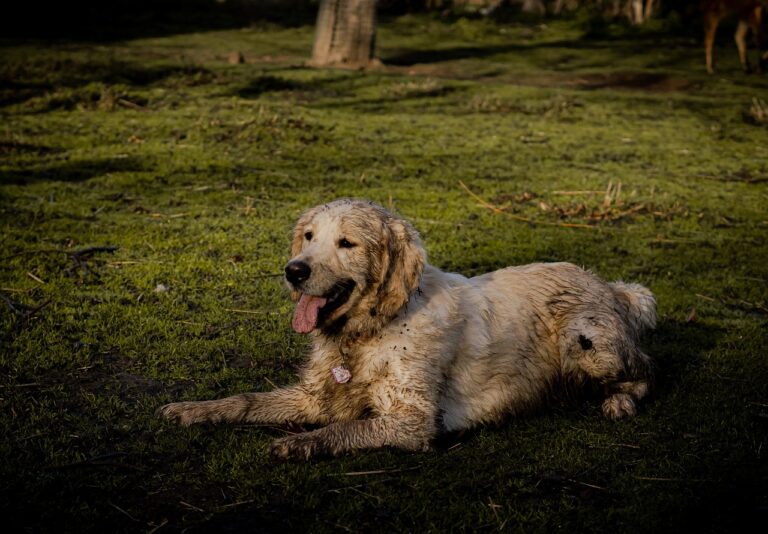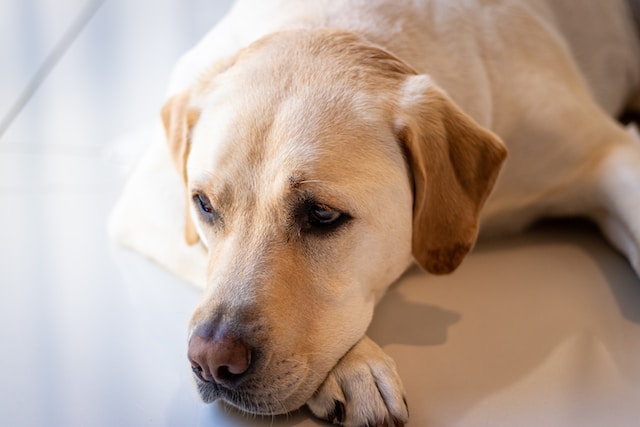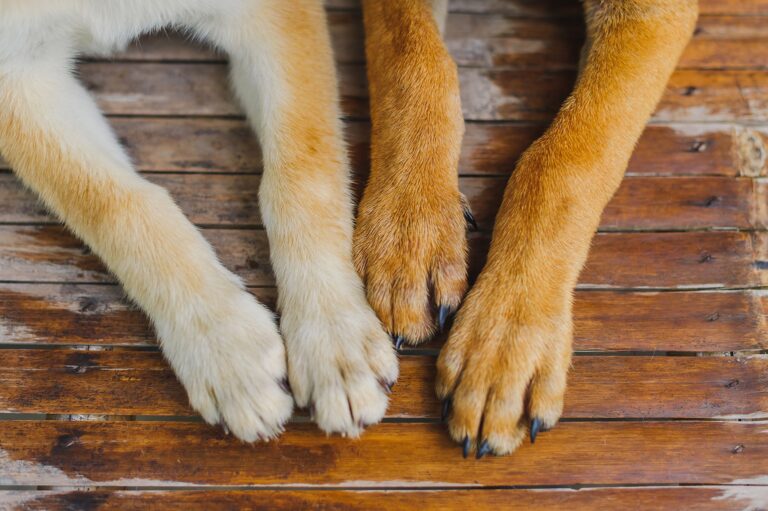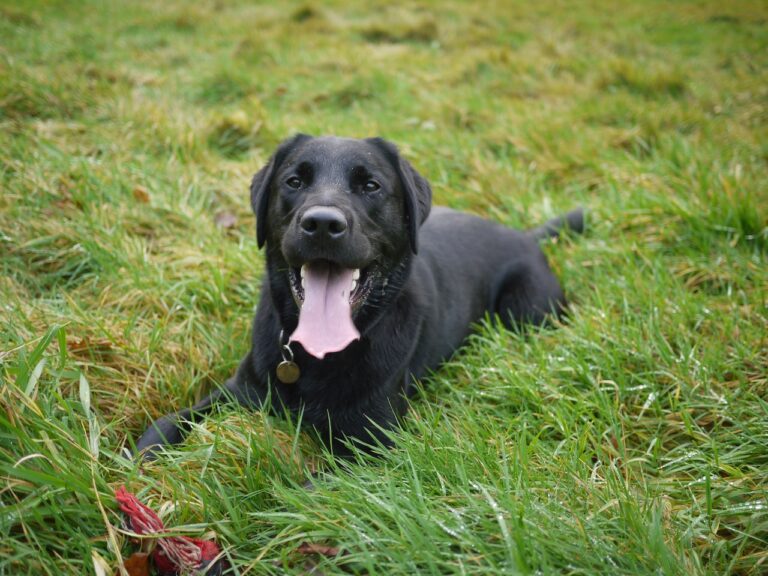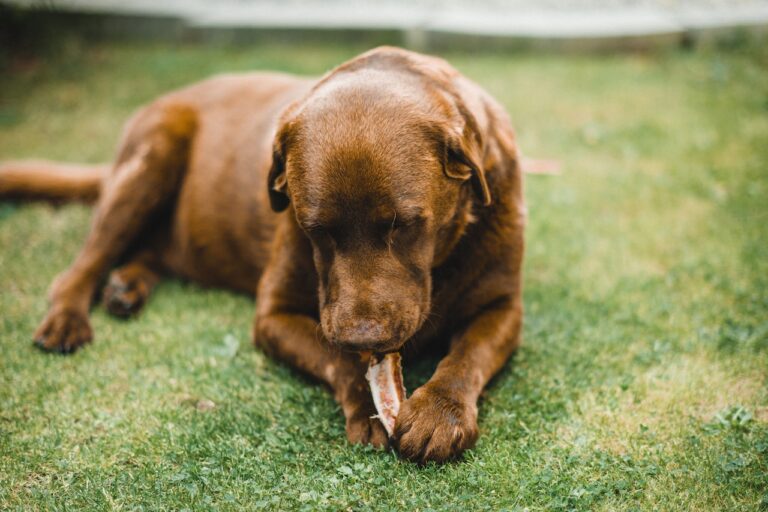Proper Nail Care for Labradors: Finding the Right Trimming Schedule
Do you want to know when you should trim your Labradors nails? It’s one of those things that have to be done, even though I’ve never met a dog that appreciates having their nails cut. You may be thinking about how short your Labrador’s nails must be if you prefer to do this chore yourself rather than taking it to the groomer or veterinarian.
Regular nail trimming is crucial for preserving your pet Labrador Retriever’s general health and grooming. For the comfort and well-being of Labradors, which are renowned for their vitality and lively disposition, frequent nail care is necessary. In addition to promoting excellent paw health, trimming your Labrador’s nails at the recommended intervals also helps avoid potential problems, including nail overgrowth, pain, and injuries.
This post reviews how frequently you should clip your Labrador’s nails, warning signals to watch out for, and crucial advice for a productive routine. You can give your Labrador the attention they need to live a happy and active life by realizing the value of routine nail care.
How Often to Trim Labrador Nails?
Depending on the dog’s lifestyle and activity, a Labrador’s nails may need to be trimmed more often or less frequently. Most Labradors typically need their nails cut every 4 to 8 weeks. You should frequently check their condition to know when to cut your Labrador’s nails. Here are several telltale indicators that it’s time for a trim:
🐕Clicking Sound
If your Labrador makes a clicking noise while walking on a hard surface, the nails are likely too long and must be clipped.
🐕Nail Length
You should be able to see the curved portion of the nail before it reaches the ground while looking at your Labrador’s nails. The nails are too long if they go beyond this stage.
🐕Scratching
Long nails on your Labrador might cause them to inadvertently scratch you or your furniture or floor as they play or move about.
🐕Discomfort
Your Labrador may experience discomfort or suffer from overgrown nails, particularly if these nails begin to curl or dig into the paw pads.
If you are hesitant or uncomfortable clipping your Labrador’s nails, use the correct nail trimming procedures or ask a professional groomer or veterinarian for help.
Guide to Labrador Nail Trimming
Numerous Labradors naturally trim their nails while they walk or play. Therefore, when walking on hard surfaces is required, dogs’ nails are often clipped. The concept does not, however, apply to all passive dogs or, in certain situations, even some active dogs. Therefore, it is crucial that they cut their nails.
It’s important to clip your Labrador’s nails to the proper length. The dog may have trouble walking if its nails are too long. Long nails are more likely to fracture and break, which is unpleasant (worse than humans). Additionally, long nails may hurt and push on the paws and toes. Leg strain will undoubtedly result from this over time for many of them.
On the other hand, trimming nails too short is likely to cause bleeding and harm. But how can you tell whether a dog’s nails are the right length? The most delicate area of your dog’s nail is quick, which is a fragile red cuticle. The blood vessels and nerves that travel through the dog’s nails are located in this inner layer, or the second layer, of the nail. Quick assists to feed the nail while also assisting in its development and is located just above the bone close to the curve.
Maintaining the length of your Labradors nails slightly longer than the Quick while cutting or clipping them is crucial. Accidental Quick trimming usually results in harm, which eventually causes bleeding. Dogs may also experience significant discomfort due to the sensation, and in the worst-case situation, they may also need medical attention from a veterinarian. Consider administering styptic gel and styptic powder (pet-appropriate) as emergency first aid if you inadvertently cut Lab’s Quick. Instant blood control will be made possible by it. Also read how to take care of a Labrador retriever for more caring tips.
Step-by-Step Guide on Dog Nail Trimming
Your dog is a very uncommon breed if he refuses to get his nails clipped or trimmed. Most dogs often avoid or become hostile on “Nail Trimming” days. Some of them even require a muzzle to make the operation easier. The procedure will go easier for you if you make the dog comfortable & understand the simpler method. And to assist with that, here is a step-by-step instruction for trimming dog nails. Look at this:
You can’t march with a nail cutter since dogs often dislike having their paws tightly held. Allow your dog to smell and even touch the nail grinder or clipper before you start using it. Please give him a few treats to help him feel more at ease.
◾️Next, firmly grasp your Labradors paw while carefully not damaging them.
◾️Isolate the nail you want to trim, then carefully adjust the length with the nail clipper while holding it in place.
◾️As you work on your dog’s back paws, remember that the nails here need less cutting than on the front feet.
◾️After trimming the nails, you may file them to make them smoother or leave them alone. The nails will ultimately smooth out because of friction once your dog begins crossing.
◾️Pet parents who use nail grinders don’t need to shape their nails since the instrument accomplishes well.
Considerations for Labrador Nail Trimming
Even though it may seem difficult, cutting your dog’s nails is crucial for general well-being. Let’s examine why it matters and a few pointers to simplify the process.
➢Rates of Growth
Remember that their nails may grow at various rates when clipping your Labrador retriever’s nails. While some dogs may need nail cutting every 2 to 4 weeks, others may be able to wait six to eight weeks between appointments. Your Labrador retriever’s nails will develop at a different pace depending on their age, food, breed, and degree of exercise.
Puppies, for instance, could need more regular nail trimming since their nails grow more quickly throughout their early phases of development. However, since senior dogs’ nails grow more slowly, they could need fewer routine nail trims.
➢Tear and Wear
When cutting nails, it’s also important to evaluate how much wear and tear their nails have endured. Your dog’s nails will inevitably become worn down if they often walk or run on pavement or other hard surfaces. The frequency of nail trimming for your dog will then decrease.
On the other hand, if your dog spends particularly of their time inside or on soft surfaces such as grass, their nails cannot wear down and need to be trimmed more often.
Types Of Labrador Nail Clippers
You may get a few different sorts of nail clippers for your Labrador Retriever. Labradors may utilize the following popular nail clipper varieties:
➢Guillotine Clippers
In guillotine clippers, the nail is inserted into a hole, and when the handles are squeezed, a blade glides across and trims the nail. For nails that are little to medium-sized, these clippers function effectively.
➢Scissor Clippers
Scissor clippers look like a pair of scissors but have a cutting blade that is either straight or curved. They operate by applying pressure to the handles to cut through the nail. For medium- to large-sized Labrador nails, scissors will work.
➢Style Plier Clippers
Plier-style clippers feature two handles that you push together to trim the nail and have a similar design to pliers. Because they provide higher leverage and control, these clippers are often suggested for bigger dogs like Labradors.
➢Rotary/Grinding Tools
Some dog owners use rotary tools or grinders to progressively file down the nails instead of trimming them. You may gently use this tool’s rotating abrasive tip to the nail to grind it down. Grinders are very helpful for Labs with thick nails or those that react badly to trimming.
Consider the size of your Labrador’s nails, how comfortable you are using the clippers, & your dog’s comfort when selecting nail clippers. In order to prevent cutting quickly, which may result in bleeding and pain, it is crucial to use clippers suitable for the size of your Labradors nails and to use them carefully.
Important Tips for Having Your Labrador Ready for a Relaxing Nail Trimming
A good nail-trimming session requires the establishment of a cheerful and tranquil atmosphere. Here are some personal recommendations that have helped me and my loyal Lab.
👉Making the Right Conditions for Labrador Nail Trimming
To take care of your Lab’s nails, choose a place in your house that is calm and relaxing. My Labrador and I like to sit on the floor, but you may also put your dog on your lap or a non-slip table. Keep snacks available, and use a calming, comforting voice to speak to your dog.
👉Labradors’ Gradual Desensitizing to Nail Clippers
Many dogs first react with fear to the sound and feel of nail clippers. Try this progressive desensitization method to make your dog more at ease. Allowing your dog to smell and examine the clippers can help introduce them. Use the cutter to gently touch your dog’s paw without clipping any nails. After each action, praise your dog and reward him. Over a few days, repeat this procedure, progressively increasing the pressure on a nail until your dog feels at ease with the whole procedure.
👉Rewarding Your Labrador While You Trim His Nails
Praise and rewards should often be given to your dog to make nail grooming enjoyable. After trimming each nail, reward your dog with a treat and show plenty of love and appreciation. This will make future nail grooming sessions simpler for you and help the dog link nail grooming with pleasant experiences.
👉Using Praise and Treats
Using cookies and praise is one of my favorite methods for calming dogs down while I trim their nails. In my experience, most dogs can’t resist a good reward, and positive reinforcement promotes a calm atmosphere. Try rewarding your puppy with a treat after every successful nail-grooming attempt and lavish them with praise to make the process enjoyable. This will not only encourage them to comply during subsequent nail grooming sessions by helping them link nail grooming with pleasant consequences.
👉Take a Break if Necessary
Our animal companions sometimes need a little rest to regain their composure. Take a break immediately if you see your dog becoming nervous or uneasy. You may show them additional affection, play with their favorite toy, or just let them unwind during this time.
It’s acceptable if you can’t trim all of your dog’s nails in one session; remember that Rome wasn’t built in a day. Even if you only successfully cut 1 or 2 nails simultaneously, it is still progress.
👉Hiring an Assistance if Necessary
Here’s a little knowledge I’ve gained over the years: occasionally, having an assistant may work wonderfully. When clipping your dog’s nails, a family member or friend may be a huge help, especially if your dog is extremely anxious. They may assist by supporting your dog’s paw, offering assurance, or even deterring your dog with food and positive reinforcement.
Frequently Asked Questions
Should Lab Dew Claws Be Removed?
The frequency with which you trim your dog’s dew claws is optional. Avoid removing the front leg dew claws unless there is a serious injury or other pressing situation. It applies only to canines like rock climbing, such as Norwegian Lundehunds. The dew claws of Labradors should be removed, nevertheless, since they are working and energetic dogs and may sometimes suffer unpleasant injuries.
What happens if a Labrador’s nails lengthen excessively?
A dog may slide and fall more readily if its nails are excessively long. A dog’s feet, or “plantigrade,” are positioned differently when they have long nails. To put it another way, the nails “push” the dog’s toes up while the “heel” drops to maintain balance, putting stress on the leg muscles and ligaments.
Can I skip nail clipping by relying on my Labrador’s natural wear?
Even though Labradors are often active dogs that naturally wear down their nails when running & playing, it is not always enough to maintain the optimum nail length. Regular trims may be necessary depending on the sort of terrain they walk on and how quickly their nails develop. Even if your Labrador participates in activities that wear down its nails, regularly check them and trim them as required.
How should the nails on my labs look?
Dogs have oval nails that are broader at the toe & go narrower as they mature. The quick, extremely sensitive bundle of blood vessels and nerves is located within each nail. It bleeds when cut or wounded. In the case of transparent nails, the quick looks pink & the nail that grows beyond it is white.
What long should a dog’s nails be?
There are two simple techniques to determine if the nails on your dog are the proper length. While a dog’s nails are the right length, they do not touch the surface while it is standing normally. Normally, each nail will be 1mm above the surface and only make contact while moving.
Final Thoughts
Proper nail care is essential for your Labradors health and well-being since long nails may cause pain and movement problems. Mastering nail clipping may be challenging, at least for me as a Labrador owner. However, you can learn this crucial grooming activity with practice, patience, and a calm attitude.
To guarantee a stress-free experience for you and your dog, pay attention to the pointers, counsel, and personal experiences I provided in this post. Ask a veterinarian or professional pet stylist if you need clarification.

